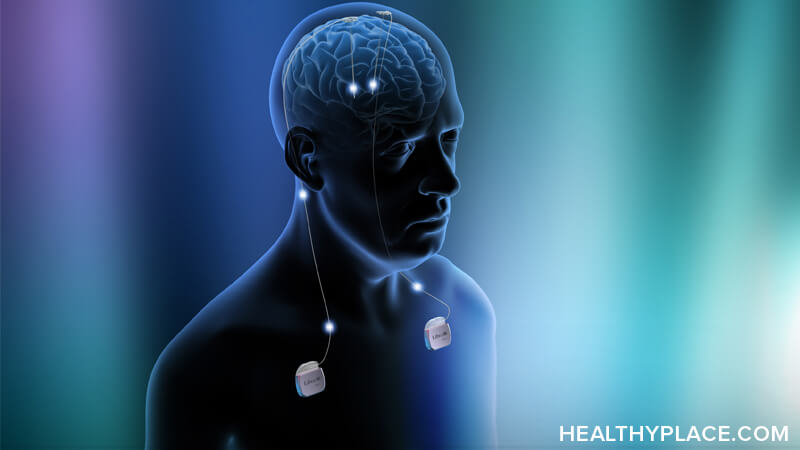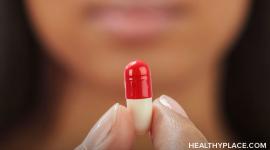Does Deep Brain Stimulation for Depression Work?

Deep brain stimulation for depression is a treatment involving the stimulation of neurons through the use of an implanted generator and electrodes. Deep brain stimulation is currently FDA approved for the treatment of:
- Essential tremor (a degenerative neurological disorder)
- Parkinson's disease
- Dystonia (a neurological movement disorder)
Deep brain stimulation for depression and other disorders is currently in clinical trials. For depression, deep brain stimulation uses electricity to stimulate the part of the brain that controls mood.
Deep Brain Stimulation for Depression Procedure
Deep brain stimulation requires the implantation of electrodes in the brain as well as the implantation of an electrical generator in the chest. This involves a two-part surgery.1
In the first part of the deep brain stimulation implantation procedure, the electrodes are placed in the brain. This is done through two small holes that are drilled into the skull. The patient is awake during the surgery but feels no pain due to the administration of a local anesthetic and because the brain itself has no pain receptors. The patient's responses help guide the electrode placement along with neuroimaging techniques.
In the second part of the surgery, the patient is under general anesthesia; the deep brain stimulator is implanted and the electrodes are connected to it by wires known as leads.The deep brain stimulator is known as a pulse generator and is implanted into the chest. The pulse generator must be surgically replaced when the battery runs out, about every 6-18 months.
Once the deep brain stimulation surgery is complete, the pulse generator is turned on about one week later. Stimulation of the brain is generally constant once the device is turned on.
Deep Brain Stimulation for Depression Side Effects
As implanting a deep brain stimulation device involves two surgeries – including one in the brain – deep brain stimulation can be risky. There are known complications both from the surgery, as well as from the deep brain stimulation itself. Side effects of deep brain stimulation implantation include:
- Bleeding in the brain (hemorrhage)
- Stroke
- Infection
- Speech problems
- Breathing problems
- Nausea
- Heart problems
- Incision scarring
After surgery, deep brain stimulation side effects include:
- Seizure
- Infection
- Unwanted mood changes, such as mania and depression
- Insomnia
- Allergic reaction to the implant
- Slight paralysis
- Jolting or shocking sensation
- Temporary pain and swelling at the implantation site
Cost of Deep Brain Stimulation for Depression
As deep brain stimulation for treatment of depression is not approved, at this time it is only available through clinical trials. When deep brain stimulation is used for other disorders, it can cost up to $150,000 or more.2
APA Reference
Tracy, N.
(2022, January 4). Does Deep Brain Stimulation for Depression Work?, HealthyPlace. Retrieved
on 2024, June 20 from https://www.healthyplace.com/depression/depression-treatment/does-deep-brain-stimulation-for-depression-work



